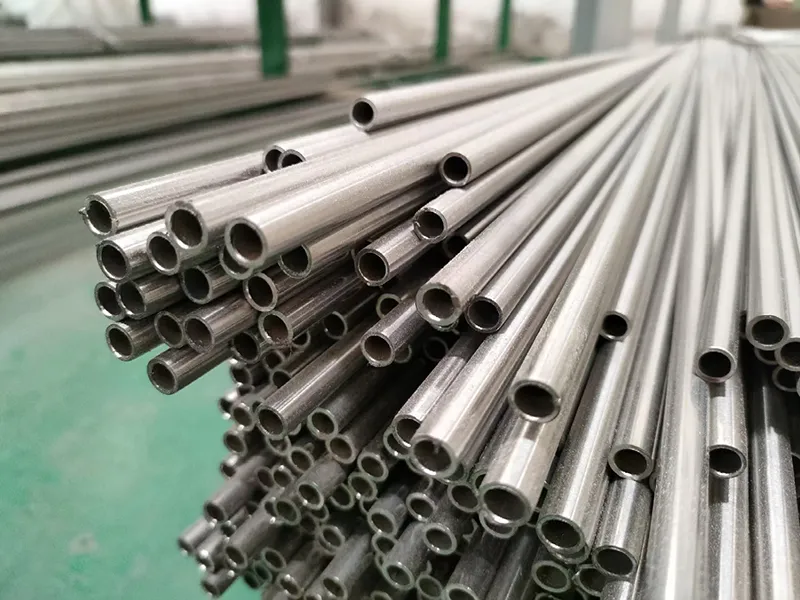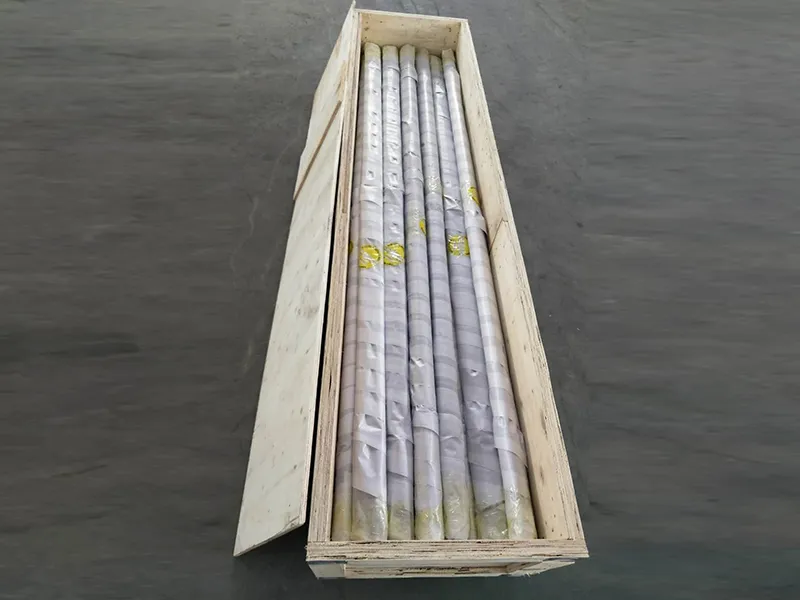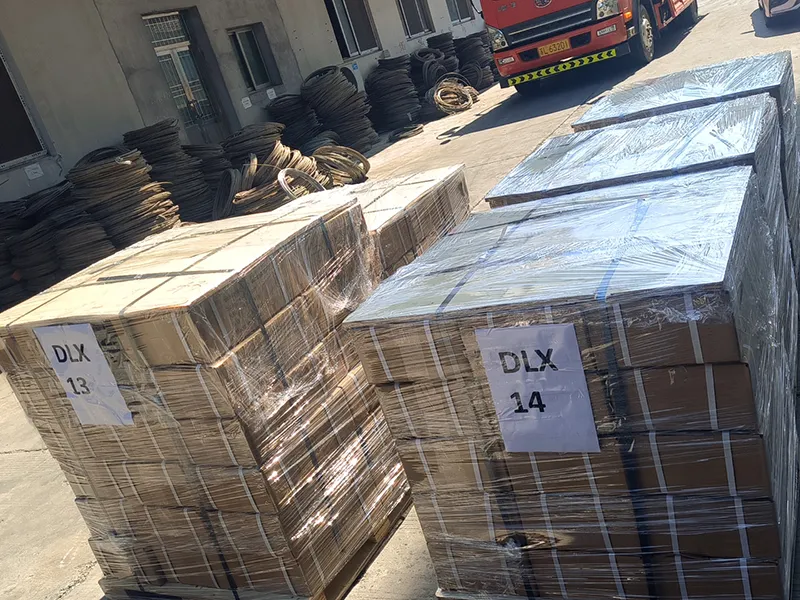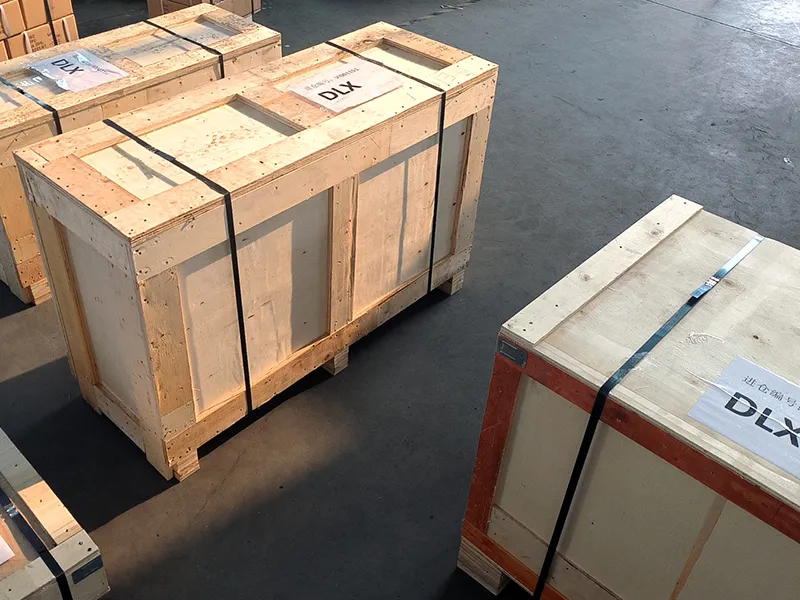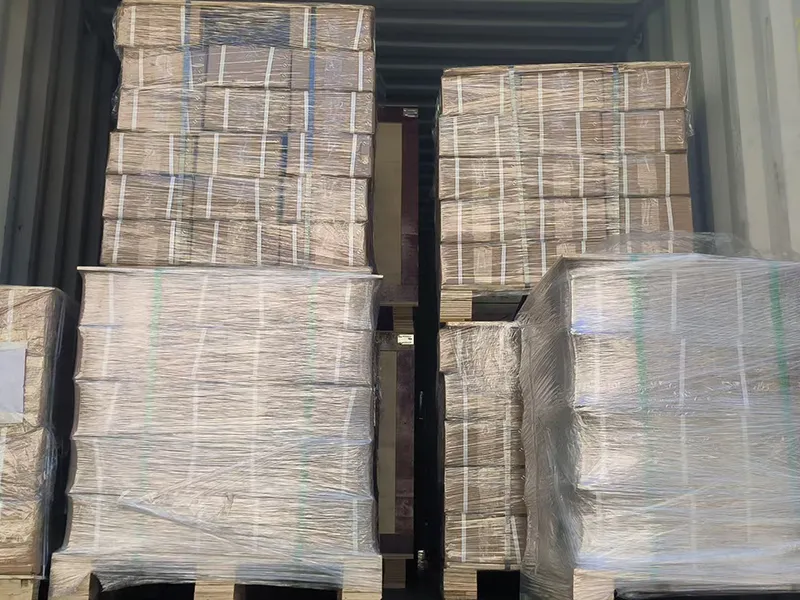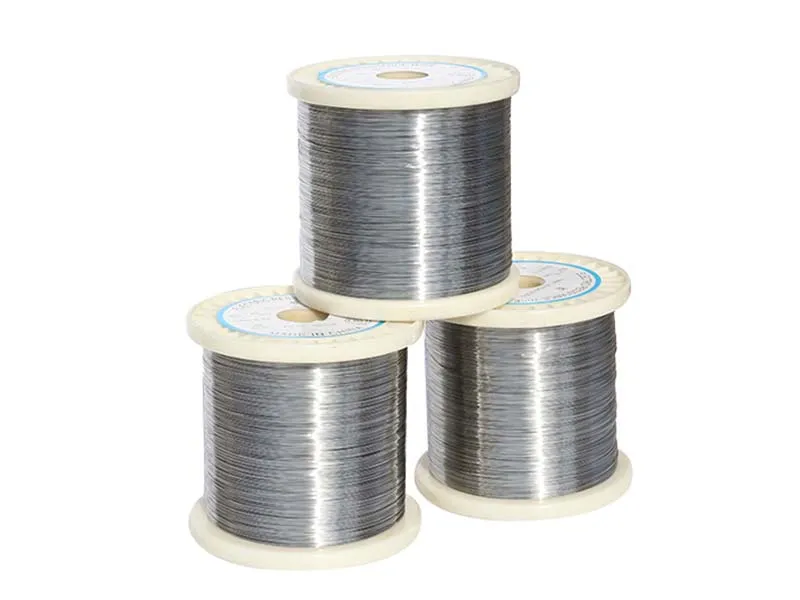
Stainless steel alloys are a group of iron-based alloys containing at least 10.5% chromium. Depending on their composition and structure, they can be classified into austenitic, martensitic, ferritic, and duplex stainless steels. Stainless steel is known for its unique physical and chemical properties.
Available grades: 201, 202, 204, 207, 207Cu, 301, 302, 304, 304L, 304N, 308, 308L, 308Si, 309, 309L, 309Si, 310, 310S, 314, 316, 316L, 317, 321, 330, 347, 348, 410, 420, 430

